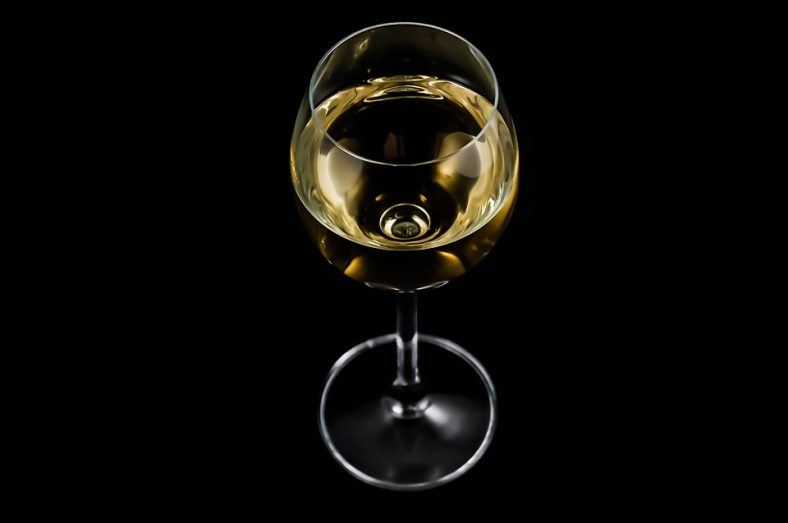To appreciate a wine correctly, you need to take time and to taste it. The real amateurs know it, there is a way to taste wine, giving enough place to personal taste and judgment. Here are the steps from www.lepetitballon.co.uk which will allow you to understand how to taste a wine and to determine if you like it or not.
First step : observe
The first sense to use in order to taste the wine is sight. To observe a wine, you need to place yourself in a well-enlightened place, without specific smells and at a medium temperature. It is better to taste a wine in a tulip-glass, because of the contact with the air, and the fact that those glasses help preserving the taste by keeping the aromas imprisoned in the glass with its upper part being narrower. The wine needs to be poured up to the largest part of the glass. In order to keep the wine at a reasonable temperature, the glass needs to be held by the bottom-part.
Your glass in hand inclines it above a clear surface to examine its limpidity. The presence of particles is related to the degree of filtration chosen by the winemaker.
Then, concentrate yourself on the lips of the glass. If they are shiny, your wine will have a specific acidity level that makes it more lively.
Now, observe the dress of the wine, which mean its color. Pale, average, or intense, it translates the intensity of the wine you’re looking at. Note however that the dress evolves with time, giving you an approximative idea of the aging of the wine.
Lastly, incline and redress the glass, then watch the liquid going down in the glass. Depending on the degree of alcohol and on the level of sugar, the wine will leave some drops, also called larmes (tears). If it doesn’t leave drops, there a lot of chance that it will be vivid.
Second step : sniff (first nose)
Put your nose on the glass or even in the interior of the glass, then inhale. Take in consideration your first impression to determine if the wine is open or closed. We say that a wine is open if we can distinguish some aromas : fruity, spicy, herbal, mineral…
Third step : sniff again (second nose)
To allow the aromas to liberate themselves, you need to spin slowly the wine in the glass. It’s at this moment that you will use your olfactory power another time to confirm the aromas you’ve already smelled. If you smelled a fruity perfume, you can confirm this impression by an aroma of raspberry, prune or pear… A spicy wine will give aromas of cinnamon, saffron, laurel, etc.
Fourth step : taste
Your tongue is used to detect a taste of sugar or salt but also the acidity and the bitterness of a food or a drink. It’s the gingiva that will detect the tannin. To perfectly use every part of your mouth in order to taste the wine, you need to spill it in your mouth. Your first sensation will indicate if the wine is disappointing, frank or intense. Then, you can decide if it is acid or soft, knowing that acid in wines activate the saliva and make wines vivid and refreshing.
With the wine in mouth, inhale a little bit of air in order to reactivate the aromas and intensify the sensations.
When the taste part of the wine is over, you can fully judge the quality and present the reasons that will make you appreciate this wine or not.

